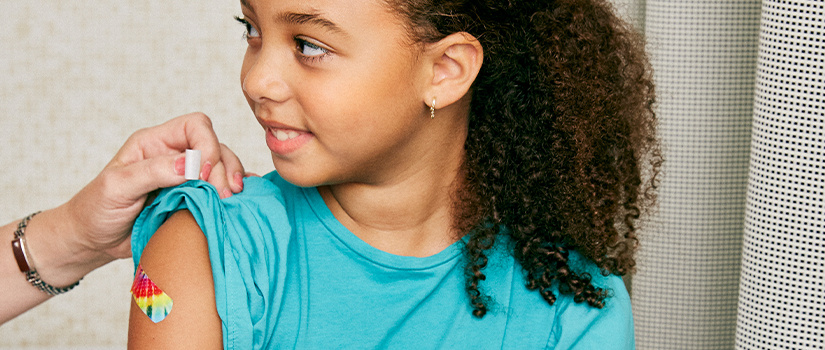August is National Immunization Awareness Month
It seems as though summer just began, but here we are already at the start of a new school year. Notebooks, pens and pencils, even new computers are packed into new backpacks, back-to-school clothes are ready, and lunch boxes will be filled with sandwiches and snacks. But is everything really checked off the list?
August is National Immunization Awareness Month, and as a pharmacist, this is a unique opportunity to have an extremely important conversation with patients. Back-to-school is the perfect time to ask if not only the kids, even college-age, but also if parents are up to date on their immunizations.
Action is needed to ensure we have adequate immunization coverage to prevent outbreaks of preventable diseases ...
In South Carolina, vaccinations tend to lag below ‘healthy people goals.’ The numbers do improve for some immunizations such as the MMR vaccine that is required for children to attend school, but still lag for other vaccinations such as influenza. In 2019, only 59.1 percent of children ages 5-12 in South Carolina received the flu shot, while just 50 percent.5 of teens ages 13-17 in the state were immunized against the flu. The pandemic hasn’t helped in that regard as parents have pushed back well-care visits for their children, resulting in a dramatic drop in vaccination rates.
Tessa Hastings, assistant professor in Clinical Pharmacy and Outcomes Sciences, focuses much of her research on how to improve vaccination rates in South Carolina. “Action is needed to ensure we have adequate immunization coverage to prevent outbreaks of preventable diseases, such as measles, mumps and whooping cough,” she says.
Through the Public Readiness and Emergency Preparedness Act (PREP), pharmacists and pharmacy technicians are able to administer vaccines to children ages 3 and older. Hastings encourages pharmacists to check the state immunization information system, SIMON, to confirm which vaccines their patients may need and to have a conversation with parents encouraging vaccination.
With so many kids behind on routine vaccines due to COVID-19, the ability of pharmacists to meet this need can really make a difference ...
“With so many kids behind on routine vaccines due to COVID-19, the ability of pharmacists to meet this need can really make a difference,” Hastings says. “Community pharmacy-based vaccination also helps overcome some of the barriers that parents face, such as busy schedules.”
Hastings cautions that getting vaccinations at their pharmacy should not replace a child’s well-visit with a doctor. “Pharmacists should always follow-up with the child’s pediatrician and remind parents their children still need well-child visits to ensure they are meeting their milestones,” she says.
It is also the best opportunity to have a conversation about the COVID-19 vaccination for parents and their children who are ages 12 and older. “This is especially important as kids are returning to school, playing sports and other activities,” she says. “We all want everything to return to normal and vaccinations are the best way to get there.”
